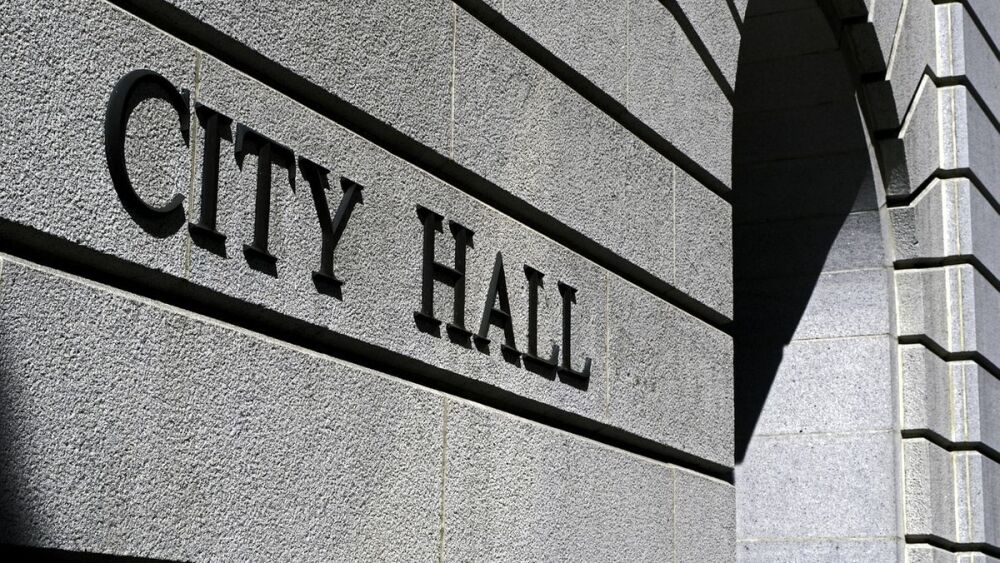By Noam Sheiber
The New York Times
As the campaign for a $15 minimum wage has gained strength this year, even supporters of large minimum-wage increases have wondered how high the wage floor can rise before it reduces employment and hurts the economy.
The recent recommendation of a wage board in New York State to establish a $15-an-hour minimum wage for workers at fast-food chains provided a case in point. Paying fast-food workers at least $15 an hour in New York City, with its relatively high wages and high cost of living, may be one thing. But mandating wages that high in less economically vibrant cities like Utica and Binghamton may be quite another. (The wage board, aware of the disparity, recommended that the increase not kick in until mid-2021 elsewhere in the state, versus late 2018 for New York City.)
Fortunately, economists have a handy tool for gauging the likely impact of minimum-wage increases: the ratio of the minimum wage to the wage of workers in the very middle of the income distribution, known as the median wage. The higher the ratio of the minimum to the median, the greater the boost to workers.
Read full coverage here.


